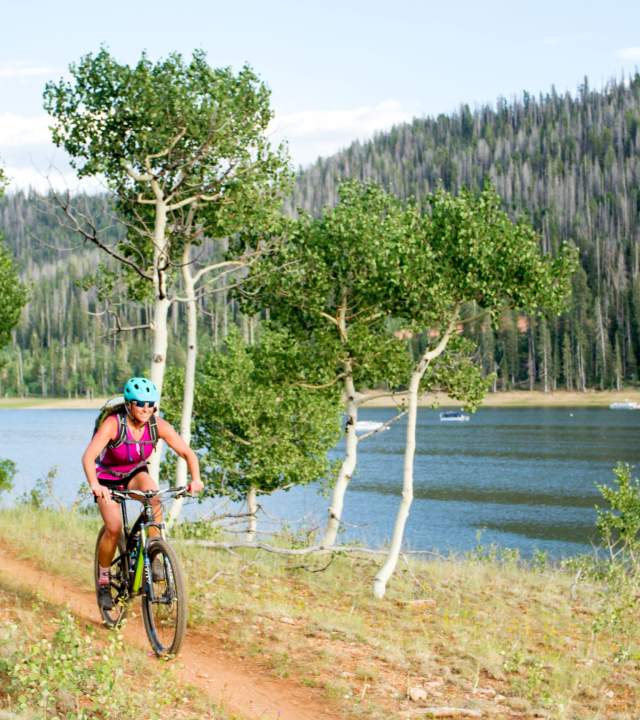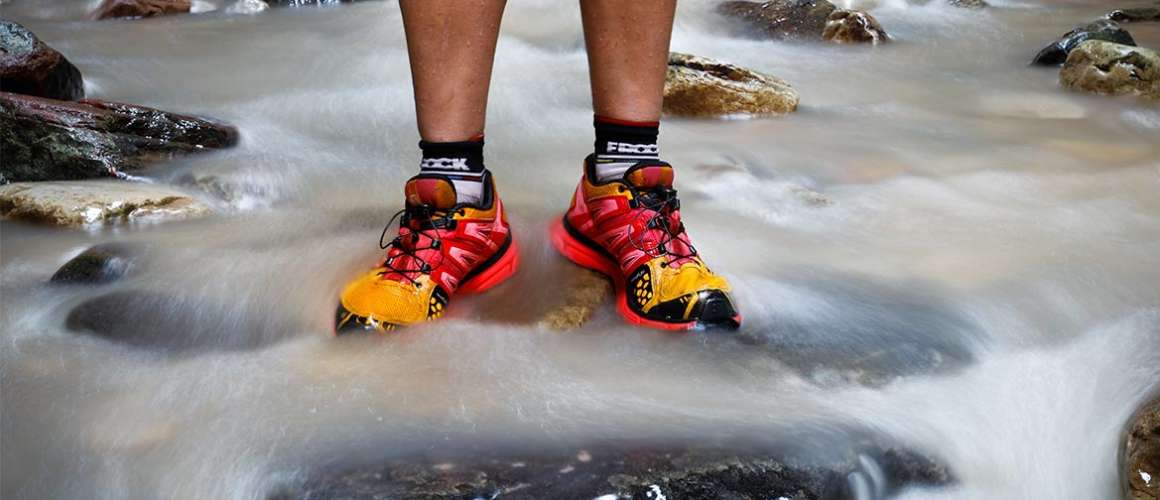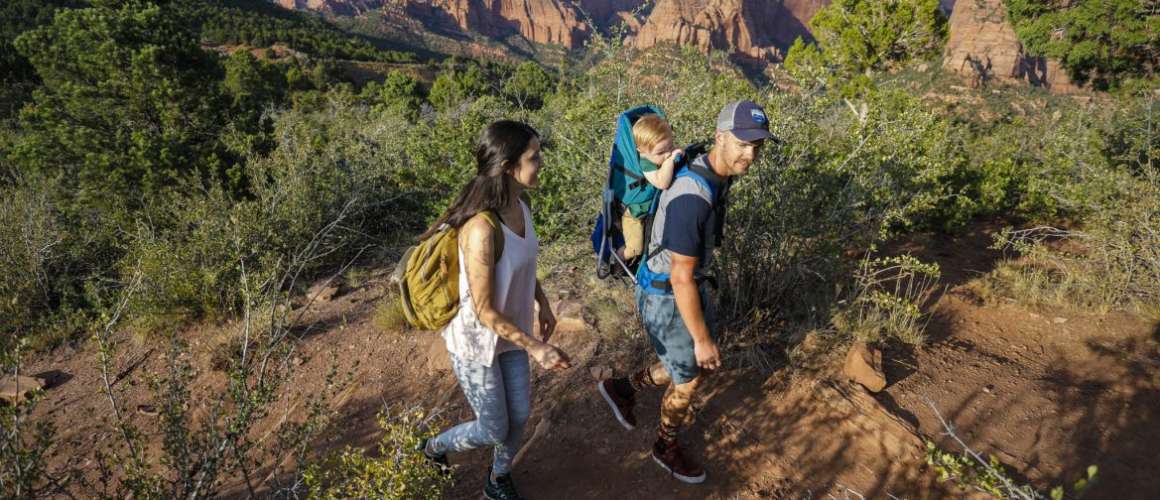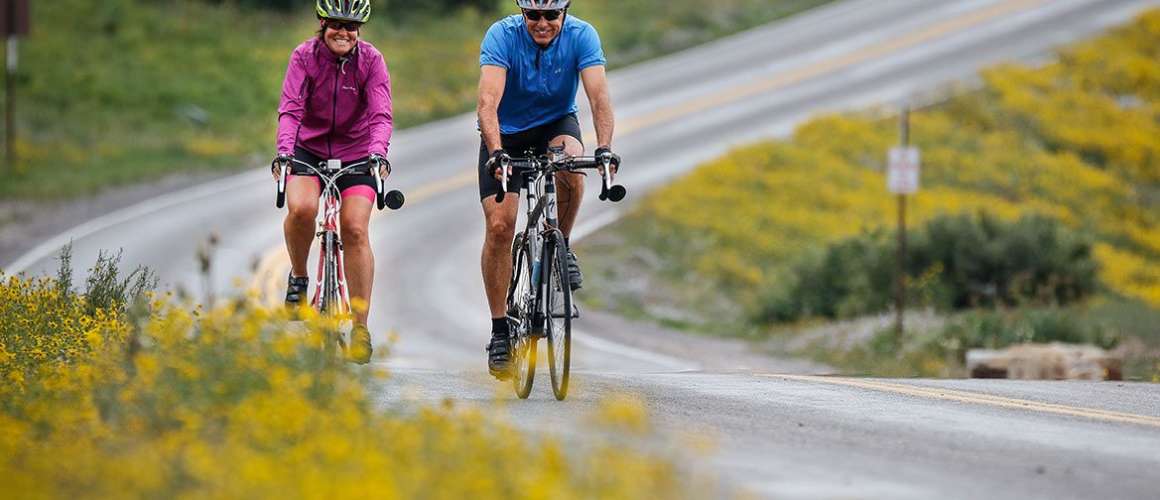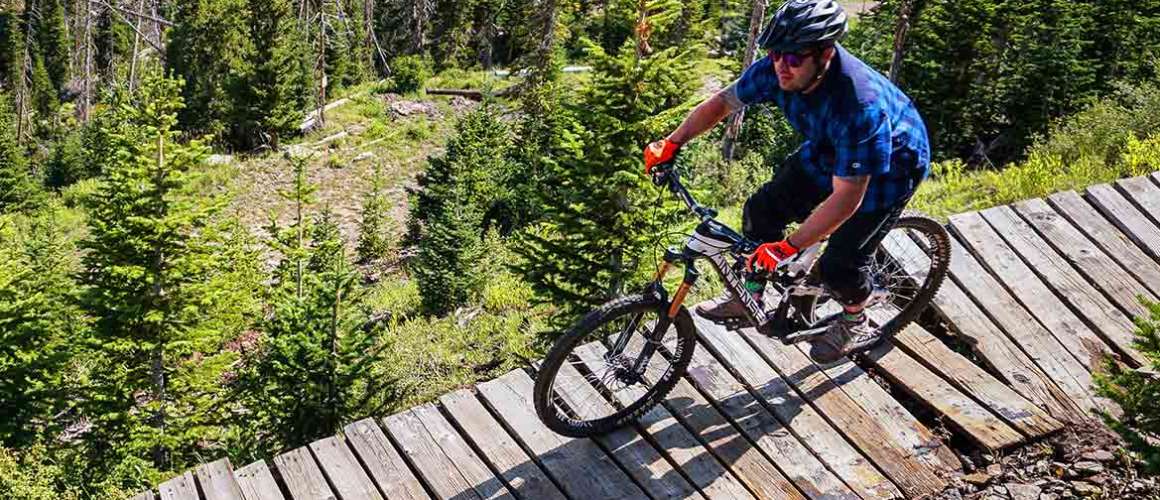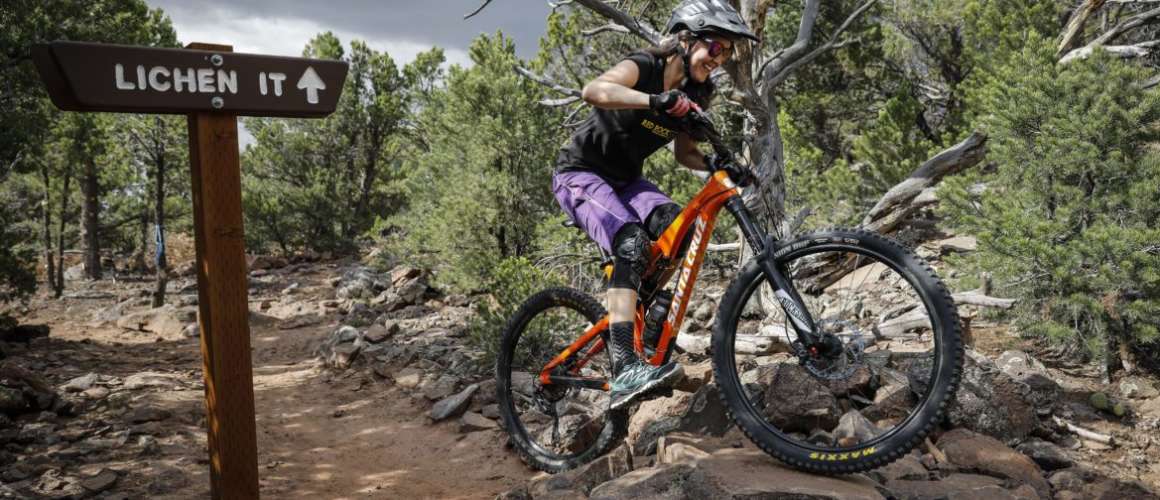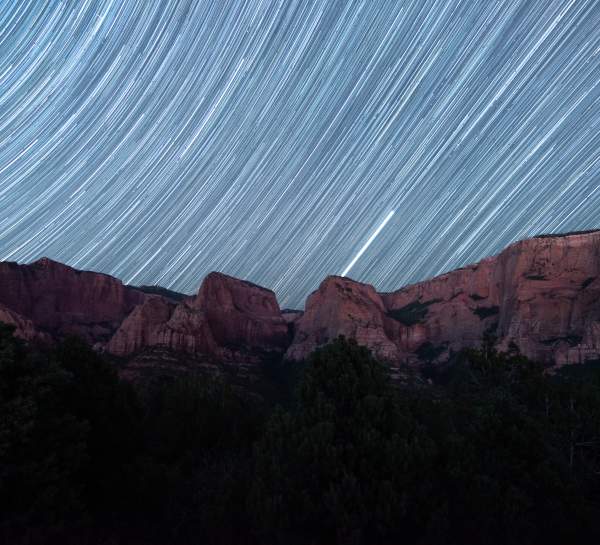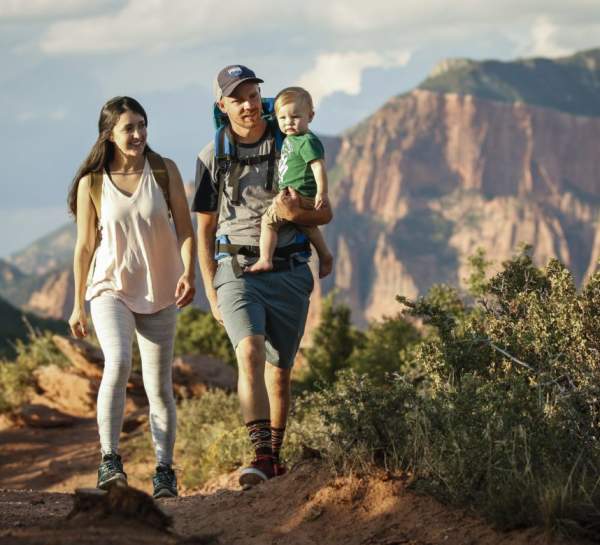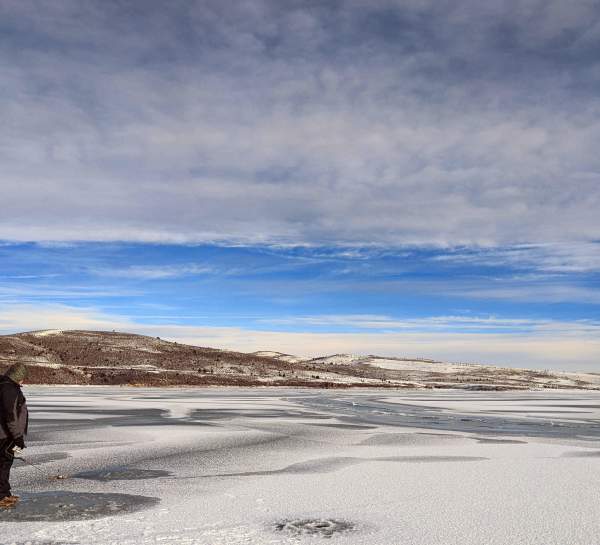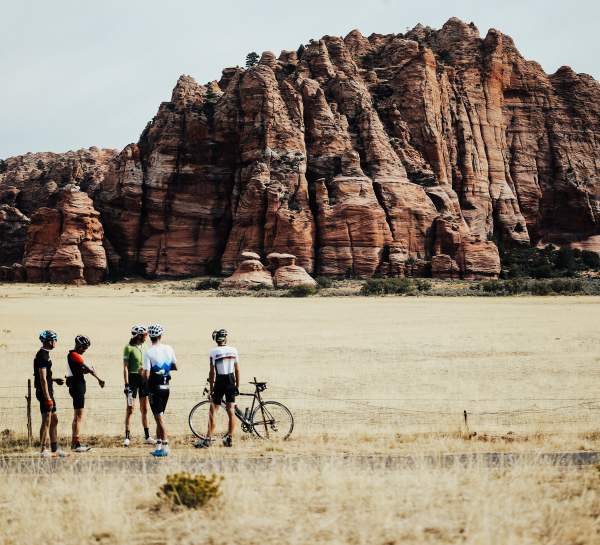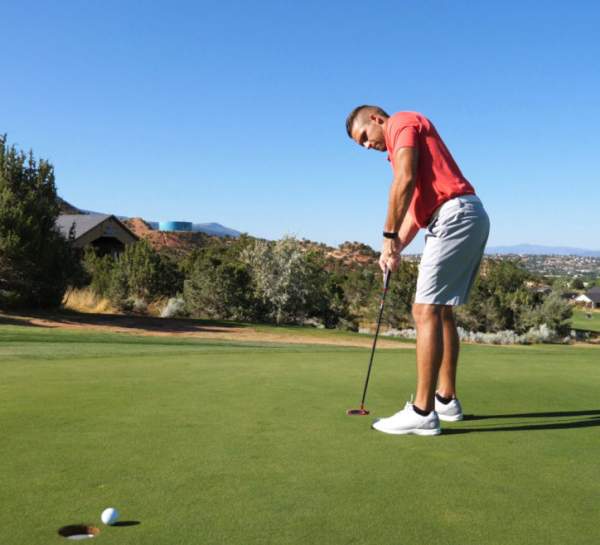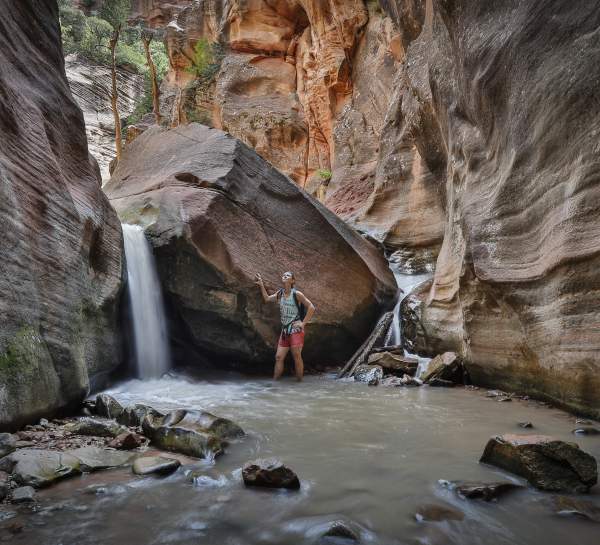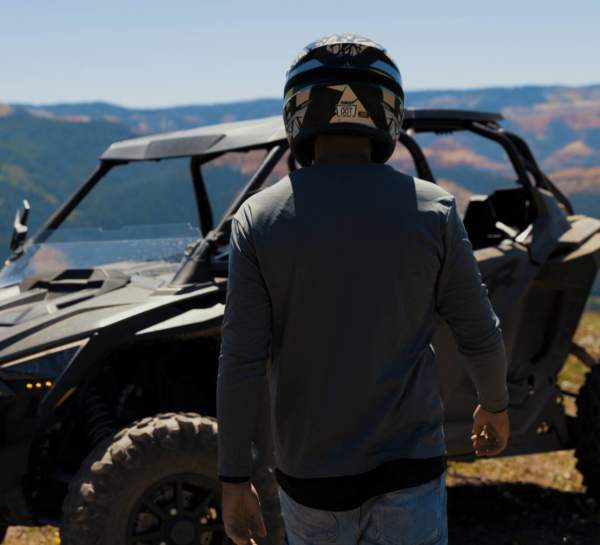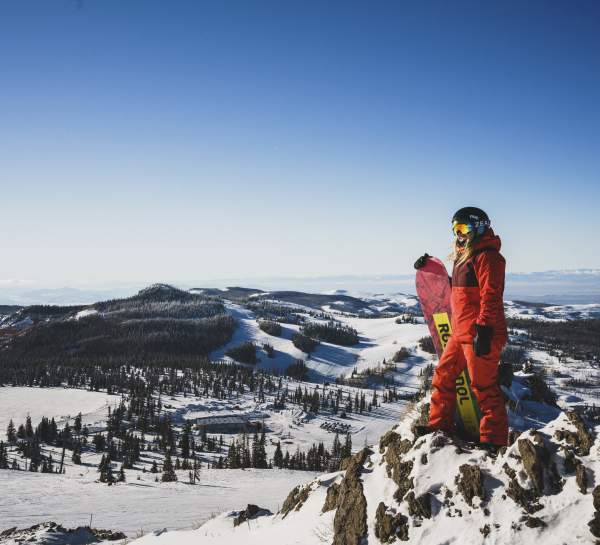Outdoor Activities
Everyone knows that Utah has the greatest snow on earth, but did they also know that we have the sickest dirt jumps, the cleanest air, some of the richest human history, and the coolest hikes on earth, too? Living life elevated means a never-ending array of snow sports, fishing, hiking, mountain biking, golf, motorsports… the list goes on and on, proving that there really is something for everyone in Cedar City.
It might sound surprising that our little neck of the woods has the incredible powder to shred. But the high elevation and clean atmosphere produce crisp snow that’s perfect for backcountry skiers and snowshoe hikers alike. The dusty dirt trails of the high desert terrain create exciting twists and turns that offroad vehicles thrive on. The steep mountainside climbs challenge any seasoned hiker while the lively rivers feed the crystal blue lakes that house some great fishing game. Then, when you’re camping under the open sky, you’ll be able to see the stars perfectly without any distractions from nearby light pollution. Oh, and did we mention there’s golf?
No matter what your favorite outdoor activity may be, we have more than enough to give you a lifetime of memories.
More than a few things to add to your bucket list.
Stay in the Loop
View this profile on InstagramVisit Cedar City • Brian Head | Utah (@visitcedarcity) • Instagram photos and videos
